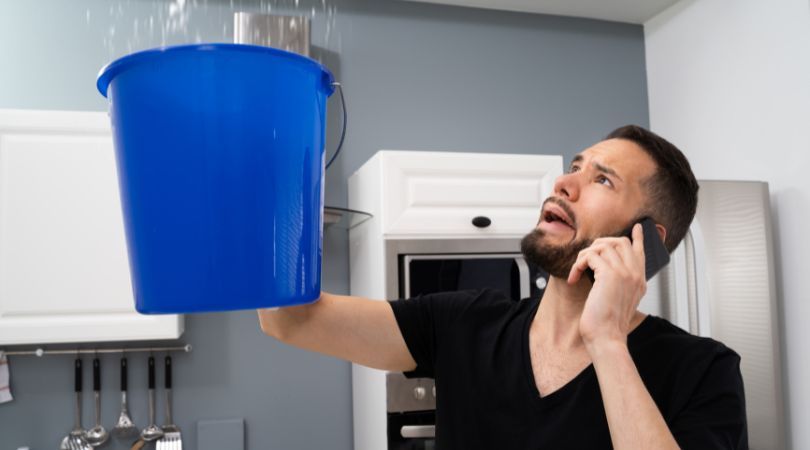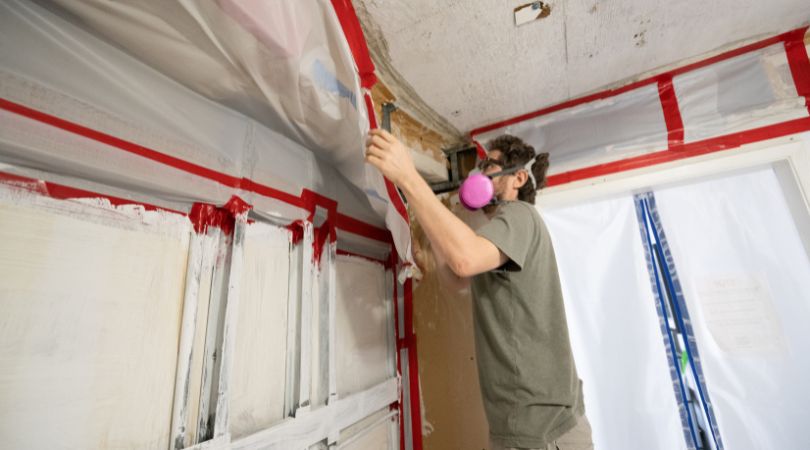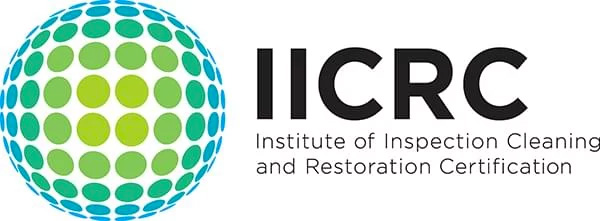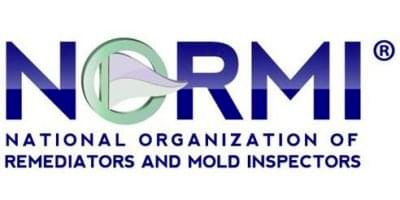How Long Does It Take For Water Damage To Cause Mold Growth?
Water damage can cause serious issues that will not only destroy the physical aspects of your property by causing structural problems but will also pose severe health threats.
In the right conditions, mold and mildew can easily grow and increase rapidly. When ignored or taken lightly, water damage can cause mold and eventually decrease the value of your property.
Mold is a small organism that thrives in damp and humid conditions, and water damage in your house is one of the major causes of its growth. Mold is extremely unhygienic and can lead to severe health hazards, which will put the occupants of the property at a high risk of getting sick.
What Is Mold?
Mold is a type of fungal growth that can thrive anywhere moisture is present. Warm, damp, and dark spaces are the perfect breeding ground for mold. It expands to other areas of the property by releasing spores into the air.
Once mold growth begins due to water damage, it can increase rapidly and can harm your property and belongings, including walls, ceilings, floors, carpets, and even furniture. It can also harm the occupants of the house by causing allergies, respiratory problems, and other health issues.
How Does Water Damage Cause Mold to Grow?
When excess moisture accumulates in the property due to leaky pipes, rainwater, floods, and too much humidity, it creates a humid environment that encourages mold.

If left unaddressed, the mold can grow at a rapid pace and expand to other spaces in the house.
When Does Mold Start Growing After Water Damage?
It doesn’t take long after water damage for molds to grow. In fact, mold can start growing on moist surfaces within 24 to 48 hours. This is the reason why you need to be wary of any water damage and damp surfaces in your home if you don’t want mold to grow.
Even minor leaks that are not visible can cause mold. Invisible, long-term leaks are especially dangerous, as this can result in mold that can go unnoticed for weeks or months.
The longer the water damage is left unattended, the higher the chances of mold occurring. If the area is affected by water leakage and any moist spaces are not completely dried out, the mold will continue spreading, and the problem will become worse.
You may be wondering how mold can increase so quickly. Mold spreads through spores, which are invisible to the eyes and quickly travel to other areas of the house through the air. They then find damp and dark spaces where they can thrive.

At the right conditions, spores can begin to reproduce and spread even further, multiplying at a rapid pace.
Remember that mold can easily grow and expand when these three conditions are met:
● Food source: Any carbon-based material can be a great food source for mold to thrive
● Moisture source: Mold needs a constant source of moisture in order to survive
● Protection from sunlight: Mold loves dim, dark, and hidden places because mold can’t grow in direct sunlight
Signs Of Mold Growth
After you have discovered the water damage, make sure to look out for possible signs. Here are the five common signs to watch out for:
1. Musty Odors
If you notice a musty odor in the area affected by water damage, mold has likely started to grow. The musty smell is caused by the microbial volatile organic compounds released by molds, which generally have a strong and unpleasant smell.
2. Discoloration
Discoloration on certain surfaces such as walls, floors, carpets, ceilings, and fabrics is another indication that there’s a presence of mold in the area. Often, the discoloration can appear green, black, white, brown, pink, red, purple, blue, orange, or yellow depending on the type of mold.
3. Water Stains
Water stains are another sign of water damage. They are often yellowish-brown in color and can be seen on walls, floors, ceilings, and other surfaces. If the water stains have a musty smell, then it has most likely occurred.
4. Visible Mold Growth
If you see visible mold growing on any surface, it is a clear indication that the area is infested with mold. Mold growth may look like fuzzy patches or small spots, often with weird smells and discolorations.
5. Allergic Reactions
If you or anyone in your household is experiencing allergic reactions such as sneezing, coughing, eye irritation, or difficulty in breathing, it could be a sign of the presence of indoor mold.

Mold spores release allergens that can cause allergic reactions in some people, and when left unaddressed, it can pose serious health risks.
Tips For Preventing Mold Growth
To prevent mold after water damage, it is essential to address the issue immediately. Here's how:
● Fix the water damage: Identify and fix the source of the water damage, whether it's a leaky pipe or roof, flooding, or damaged HVAC system.
● Dry out the affected area: Dry out the affected area as soon as possible. You can use fans and dehumidifiers to reduce humidity. This will help prevent it.
● Clean and disinfect the area: Use appropriate cleaning agents to clean and disinfect the affected area thoroughly to prevent mold spores from spreading.
● Hire a professional mold remediation company: If the water damage is extensive, it’s best to hire professional mold testing and inspection experts like Markham Services. Our mold experts can assess the damage and determine the best way to prevent or address the issue.
Bottom Line
Water damage can cause indoor mold to grow in as little as 24 to 48 hours. When mold starts growing, it can rapidly spread to other areas in the house through spores. The presence of mold can cause serious health hazards. Make sure to address any water damage and dry out excess moisture immediately to prevent the spread of mold.
If you suspect mold growing in your home, consult a professional mold prevention company to evaluate and address the issue effectively. Reach out to our experts at Markham Services and we’ll be happy to assist you or answer any questions!


